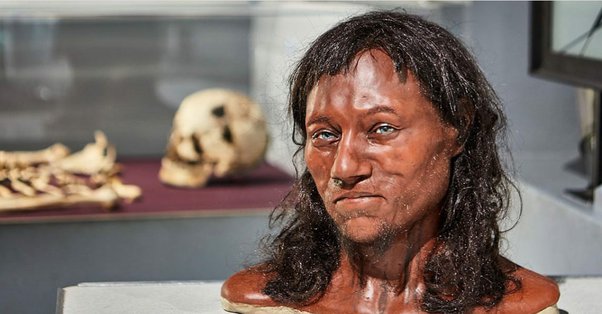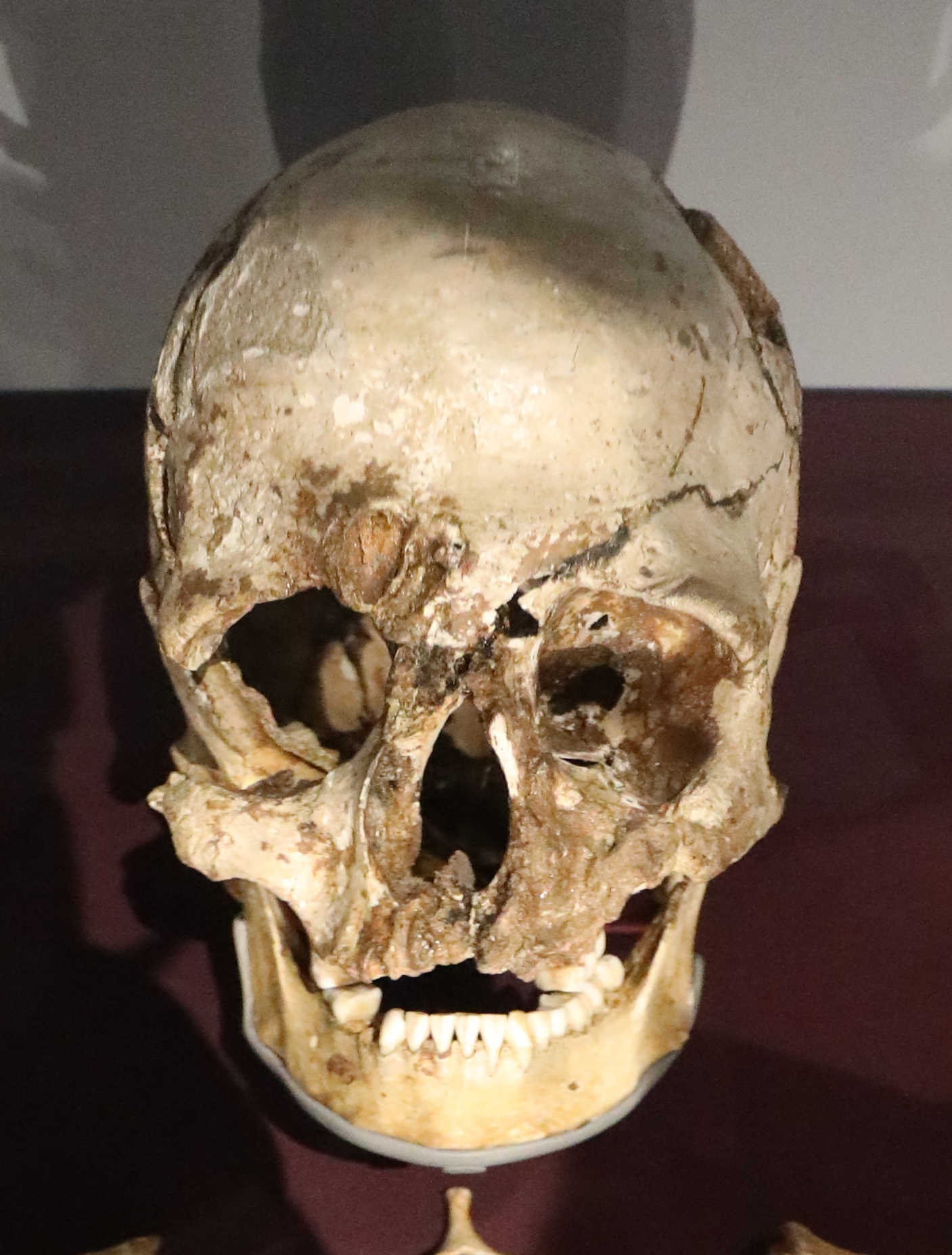Cheddar Man, a Mesolithic skeleton discovered in 1903, has provided valuable insights into the lives of the earliest modern humans in Britain. This almost complete skeleton, dating back to around 10,000 years ago, has been the subject of extensive research into ancient DNA, revealing surprising information about the physical appearance of our ancestors. In this article, we will explore the findings from the study of Cheddar Man and how they challenge our assumptions about the appearance of early Europeans.
Cheddar Man and the Surprising Genetic Markers

It was previously believed that humans quickly adapted to have paler skin after entering Europe, as pale skin is more efficient at absorbing UV light and preventing vitamin D deficiency. However, Cheddar Man’s genetic markers for skin pigmentation are typically associated with sub-Saharan Africa, suggesting that early modern humans in Britain had dark skin. Furthermore, most individuals from this time period had pale colored eyes, either blue or green, and dark brown hair. Cheddar Man’s genetic makeup challenges our expectations of the pairing of genetic traits and highlights the diversity of our ancestors.
Who Was Cheddar Man?
Cheddar Man was a Mesolithic hunter-gatherer with dark skin and blue eyes. He stood at around 166 centimeters tall and died in his twenties. His skeleton was discovered during drainage improvements in Gough’s Cave, Somerset. Initially, there were exaggerated claims about Cheddar Man being the earliest Englishman, but radiocarbon dating later determined that he lived around 10,000 years ago. Cheddar Man’s narrow pelvis shape and lactose intolerance are consistent with other humans from this time period.

Life in Mesolithic Britain
During Cheddar Man’s time, Britain was connected to continental Europe and was becoming densely forested. Cheddar Man and his contemporaries were primarily hunter-gatherers, relying on game hunting and gathering seeds and nuts for sustenance. His diet would have included red deer, aurochs (large wild cattle), and freshwater fish. Sites like Star Carr in North Yorkshire offer insights into the cultural life of Mesolithic Britain, with artifacts such as red deer skull-caps and engraved pendants providing glimpses into their daily lives.
Unusual Cave Burial

Cheddar Man’s burial is quite unusual, as most Mesolithic human remains were found in communal caves used for burials. However, Cheddar Man was found buried alone, raising questions about his significance or the circumstances of his burial. Aveline’s Hole, located nearby, is one of the largest Mesolithic cemeteries in Britain, containing the remains of approximately 50 individuals. Unfortunately, many valuable artifacts were discarded during earlier excavations, potentially holding additional clues about the life of Cheddar Man and his contemporaries.
Extracting Ancient DNA
The preservation of Cheddar Man’s DNA was a result of the cool conditions in Gough’s Cave and layers of natural mineral deposits. Ancient DNA extraction is a painstaking process, with researchers relying on dense bones or teeth to protect the DNA. In recent years, the petrous bone, found in the inner ear, has become a preferred source of DNA due to its density. After extracting the DNA, next-generation shotgun sequencing was used to create a library of Cheddar Man’s DNA and compare it to the modern human genome.
Reconstructing Cheddar Man

Using measurements of the skeleton and a 3D scan of the skull, a model of Cheddar Man was created by Kennis & Kennis Reconstructions. Facial reconstruction is a combination of art and science, with conventions guiding the development of facial morphology based on tissue thickness in different regions of the face. The resulting model provides a visual representation of Cheddar Man, allowing us to connect with our ancient ancestor on a more personal level.
Cheddar Man’s story challenges our preconceived notions about the appearance of early Europeans. His dark skin and blue eyes defy expectations and remind us that physical traits can change over time. The study of Cheddar Man and other Mesolithic human remains provides valuable insights into the lives of our ancestors and the complex adaptations they made to their changing environments. By understanding our past, we can better appreciate the diversity and resilience of the human species.
